Nestled amidst the majestic peaks of the Hindu Kush and Karakoram ranges in Gilgit-Baltistan, Pakistan, lies the Ghizer Valley, a tapestry woven with breathtaking landscapes, rich cultural heritage, and hidden wonders waiting to be explored. Often overshadowed by its more well-trodden neighbors, Ghizer Valley offers a captivating escape for those seeking serenity, adventure, and a glimpse into a way of life untouched by time.
A Journey Through Time
The adventure to Ghizer Valley begins with a journey back in time. Unlike the smooth asphalt of major highways, the route to Ghizer unfolds along a scenic, sometimes bumpy, jeep track. The initial leg on the Karakoram Highway offers a taste of the region’s grandeur, with colossal mountains flanking the roadway. As you delve deeper, the landscape transforms, revealing quaint villages, lush green meadows, and the glistening Ghizer River carving its path through the valley. This journey itself becomes an experience, offering a glimpse into the lives of the local people and the raw, untamed beauty of the region.
A Paradise for Nature Enthusiasts
Upon arrival in Ghizer Valley, visitors are greeted by a symphony of sights and sounds. Lush green meadows carpeted with wildflowers unfurl before you, their vibrant hues contrasting with the snow-capped peaks that pierce the azure sky. Towering forests whisper secrets in the breeze, creating a sense of awe and tranquility. The crystal-clear waters of the Ghizer River snake through the valley, a refreshing sight and a haven for trout fishing enthusiasts. Keen observers might be lucky enough to spot elusive wildlife like marmots, ibex, and even the majestic lammergeier soaring overhead.
Exploring the Valley’s Gems
Ghizer Valley boasts a treasure trove of hidden gems waiting to be discovered.
-
Phander Valley: Often referred to as “Little Kashmir,” Phander Valley is a jewel nestled within Ghizer. Picturesque meadows, deep blue Phander Lake teeming with trout, and the warm hospitality of the local people make it a haven for relaxation and exploration.
-
Yasin Valley: For the adventurous soul, Yasin Valley beckons. Hike to the serene Yasin Valley and explore the surrounding glaciers, waterfalls, and lush meadows. This valley is also known for its traditional wooden houses with intricate carvings, a testament to the region’s rich cultural heritage.
-
Ishkoman Valley: Journey further north to Ishkoman Valley, a land where time seems to stand still. Explore the Wakhi culture, a unique ethnic group with their own language and traditions. Hike to the breathtakingly beautiful Madakhan Lake, a glacial lake nestled amidst towering peaks, or embark on a challenging trek to the remote Broghil Pass, a historic trade route offering unparalleled mountain vistas.
A Tapestry of Cultures
The Ghizer Valley is more than just stunning scenery; it’s a place where ancient traditions thrive. The valley is home to a diverse population, with the majority belonging to the ethnic groups of Shina, Khowar, and Wakhi. Each group has its own unique language, customs, and way of life. Witness shepherds tending their flocks in the traditional manner, experience the warmth of their hospitality, and gain a deeper appreciation for the rich cultural tapestry that defines the Ghizer Valley.
A Haven for Adventure Seekers
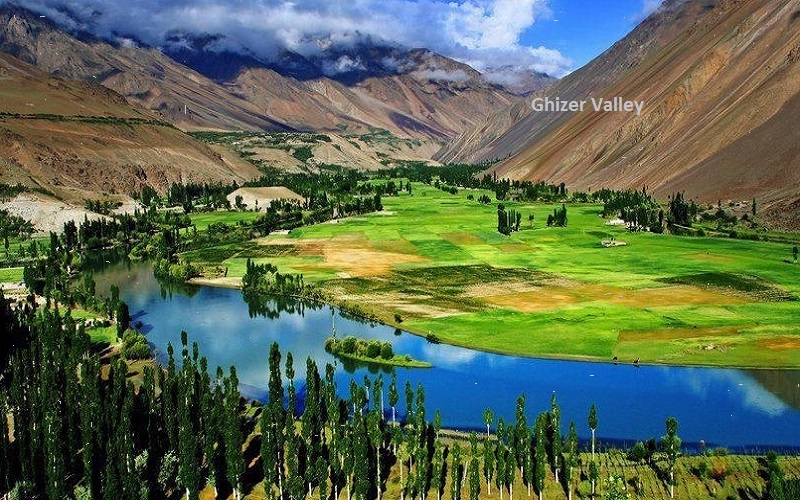
Adventure enthusiasts will find themselves spoilt for choice in Ghizer Valley. During the summer months, the valley transforms into a trekker’s paradise. Numerous trails wind their way through the mountains, offering challenges for all skill levels. Hike to the base of glaciers like Bualtar Glacier or explore the scenic Thale La Pass, a high mountain pass that connects Ghizer Valley to neighboring Chitral Valley.
Winter Wonderland
While summer offers a taste of paradise, winter transforms Ghizer Valley into a wonderland. The snow-covered slopes beckon skiers and snowboarders, while the frozen lakes provide a unique landscape for photography enthusiasts.
Planning Your Ghizer Valley Escape
The ideal time to visit Ghizer Valley depends on your interests:
-
Spring (April-May): Witness the valley come alive as wildflowers bloom, painting the meadows in vibrant colors.
-
Summer (June-September): Pleasant weather makes it perfect for trekking, exploring lakes, and experiencing the local culture.
-
Autumn (October-November): The valley transforms into a photographer’s paradise with golden hues adorning the landscape.
-
Winter (December-March): For winter sports enthusiasts, this is the time to enjoy skiing, snowboarding, and the beauty of a snow-covered valley.
Here are some additional factors to consider when planning your trip:
-
Accessibility: Reaching Ghizer Valley requires a jeep ride from Gilgit city. The road can be bumpy, so a four-wheel-drive vehicle with high clearance is recommended, especially during winters with potential snowfall.
-
Accommodation: Accommodation options range from comfortable guesthouses in villages to luxurious tented camps offering a unique experience amidst nature. Choose an option that aligns with your budget and travel style.
-
Activities: Beyond trekking and exploring historical sites, Ghizer Valley offers activities like trout fishing in the crystal-clear streams, horseback riding through the meadows, and participating in traditional festivals that showcase the rich culture of the region.
-
Packing Essentials: Pack comfortable hiking shoes for exploring the trails, warm clothes even in summer due to the high altitude, sunscreen, sunglasses, and a hat. Winter visitors should ensure they have proper winter gear, including warm clothing, sturdy boots, gloves, and a headlamp.
Things to Keep in Mind:
-
Respect the Environment: Ghizer Valley is a pristine paradise. Practice responsible tourism by minimizing your impact on the environment. Pack out all trash and avoid littering.
-
Cultural Sensitivity: Dress modestly, especially when visiting local villages. Be respectful of local customs and traditions.
-
Limited Amenities: While some villages offer basic amenities, stocking up on essentials like snacks and drinks in Gilgit is recommended, especially for those venturing further into the valley.
With its breathtaking landscapes, diverse cultures, and endless adventure opportunities, Ghizer Valley offers an unforgettable escape for travelers seeking an off-the-beaten-path experience. So, pack your bags, embrace the spirit of exploration, and embark on a journey to unveil the enchanting secrets of this hidden gem in Gilgit-Baltistan.

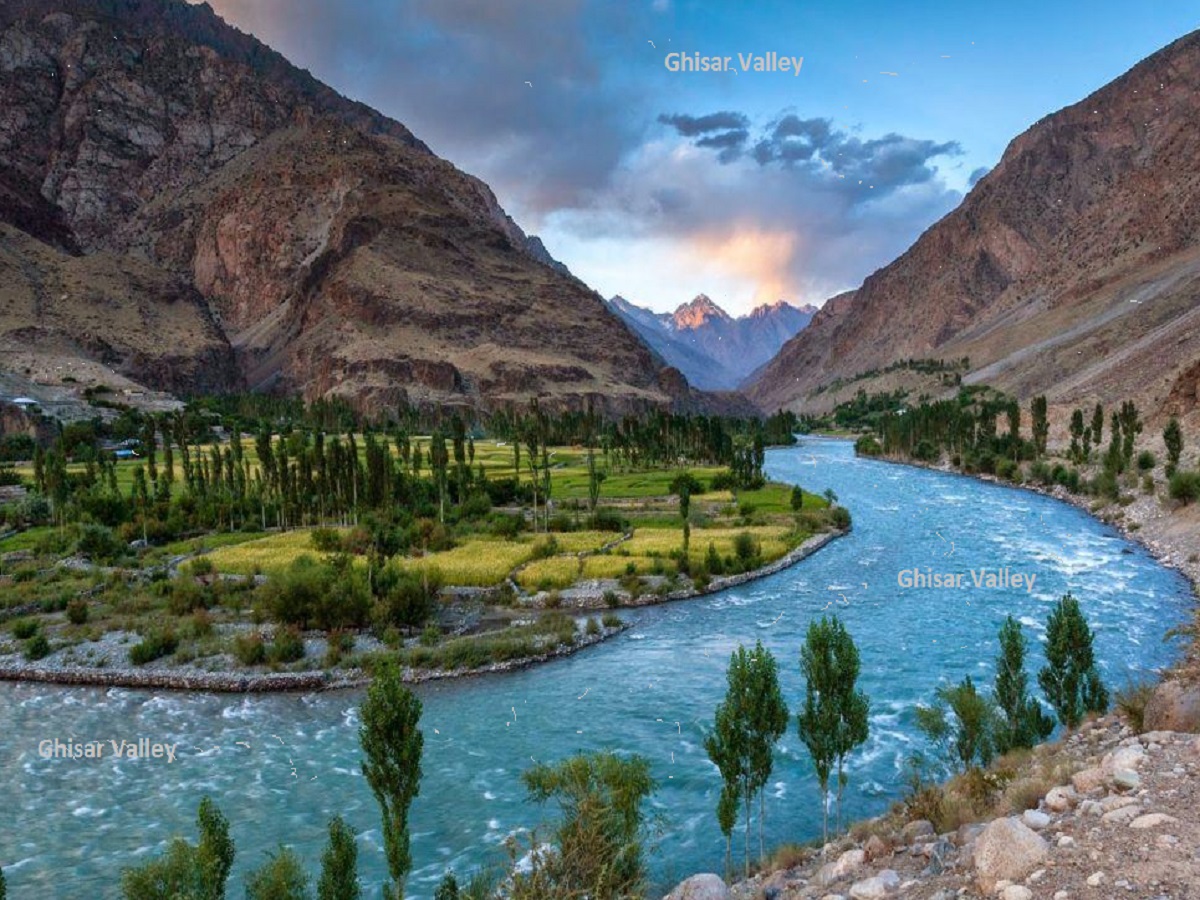
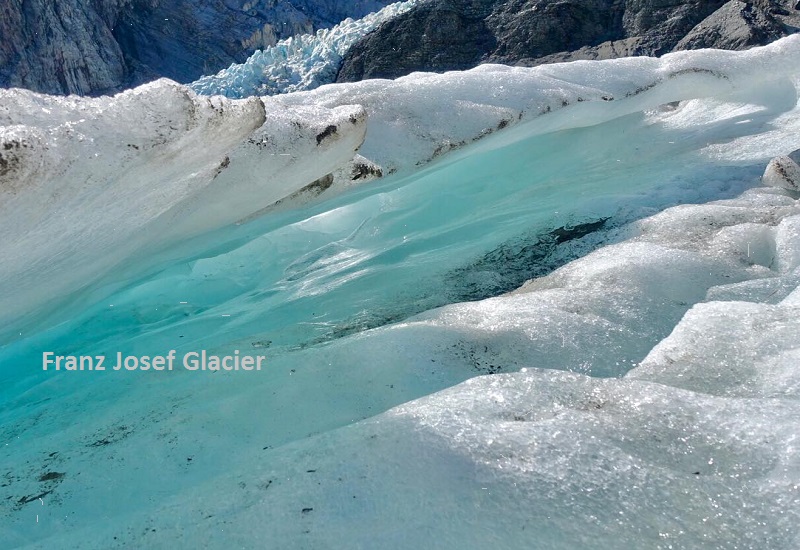
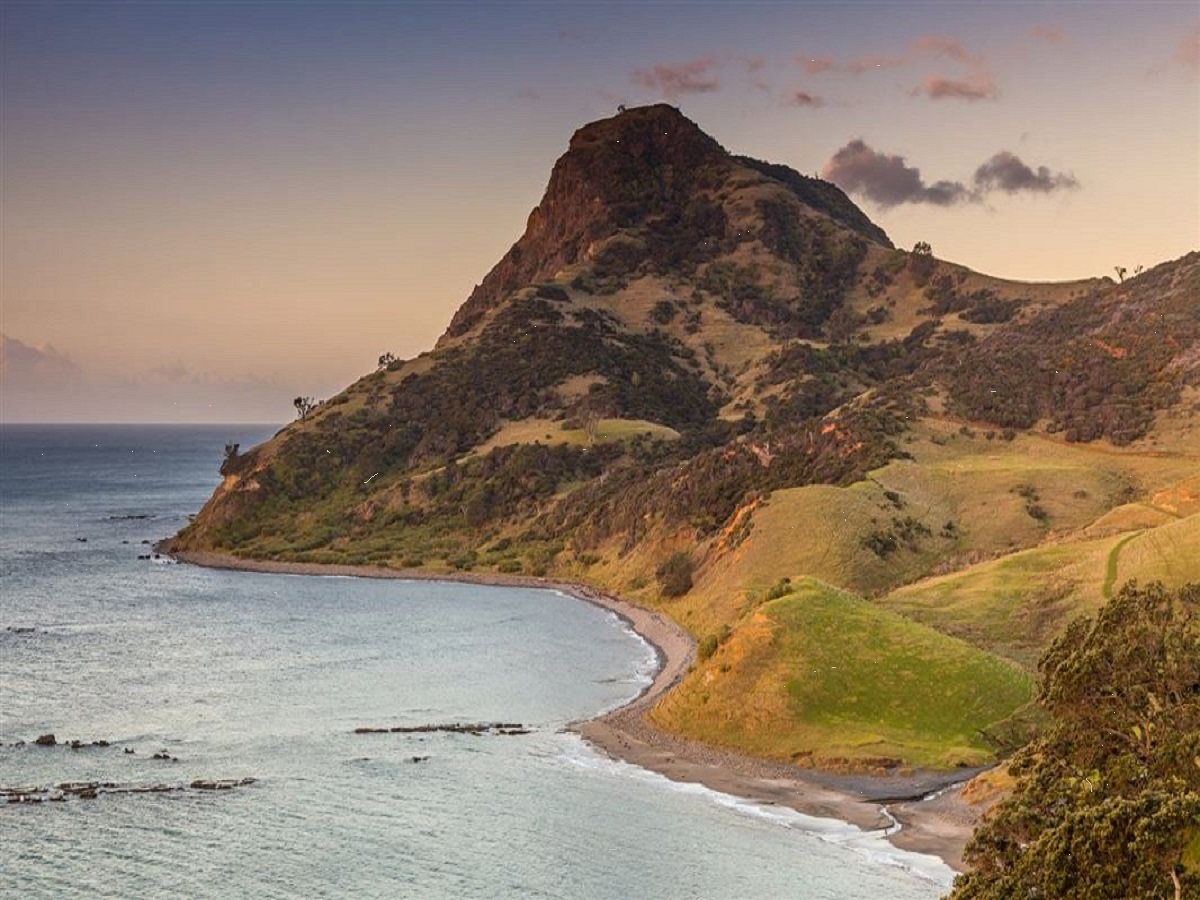
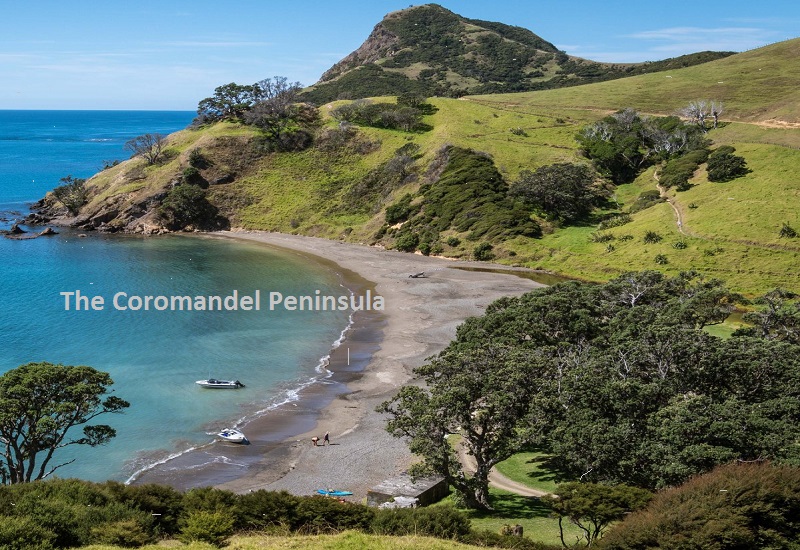
Leave a Reply